Alternatives to Toxic Heart Meds are Increasingly Popular.
 At least 30 percent of Americans have LDL (“bad” cholesterol) levels that are considered too high. But despite the popularity of statin drugs within the medical community, people don’t always stick with these medications.
At least 30 percent of Americans have LDL (“bad” cholesterol) levels that are considered too high. But despite the popularity of statin drugs within the medical community, people don’t always stick with these medications.
Only about half of those prescribed a cholesterol-lowering drug still take it after six months. After a year, only about 30 to 40 percent continue drug therapy.
“There’s been a lot of negative press about statins lately,” cardiologist Christopher Cannon, MD, at Brigham and Women’s Hospital recently told the Boston Globe. The Canadian government recently placed a warning on statins, alerting consumers that these drugs diminish coenzyme Q10 (coQ10) in the body, which can lead to heart failure.
“This effect certainly has major implications for patients with cardiac disease,” explains cardiologist Stephen T. Sinatra, MD, FACC, CN, CNS, “and is especially true for patients with congestive heart failure or an overactive thyroid gland.”
Impaired memory, disorientation, confusion, muscle aches, inflammation, and weakness are other serious side effects from these drugs. Abdominal cramps, bloating, constipation, diarrhea, headaches, skin flushing or rash, and trouble sleeping are also common complaints.
No wonder the National Health Interview Study shows that the use of alternatives to statin drugs has doubled since 2002. What natural alternative is most often chosen to protect the heart? Heart-healthy omega-3 fatty acids top the list.
New Australian research finds that omega-3 fats, when combined with phytosterols like those found in flax seeds, not only lower total and LDL cholesterol but also reduce inflammation and lower triglycerides. This natural regimen costs only a fraction of what statins cost.
Dr. Ann Louise’s Take:
Just the mention of cholesterol can strike fear in the hearts of most Americans. What the mainstream media and conventional cardiologists seem to ignore is that there are much better indicators of heart disease than cholesterol levels.
One such indicator is homocysteine – an amino acid-type substance found in the blood. Too much homocysteine is related to an increased risk for coronary heart disease, stroke and peripheral vascular disease. Another often overlooked indicator involves elevated levels of C-reactive protein (CRP), a substance secreted by the liver in response to inflammatory events throughout the body. A study by Dr. Paul Ridker shows that CRP levels are actually superior to LDL cholesterol in predicting cardiovascular events.
And one more thing.
Let’s not lower cholesterol levels too much.
Low cholesterol can be as detrimental as too much. Don’t forget: Cholesterol is so essential to good health that it’s found in almost every human cell. This fatty material comprises much of the brain and helps form the protective coating around the nerves. Cholesterol in the skin reacts with sunshine to produce vitamin D. In the body, this fatty substance helps manufacture adrenal and sex hormones, aids in the production of bile needed for fat digestion, and acts as a lubricant in the artery walls, reducing friction in blood flow.
To ensure sufficient cholesterol for all these critical functions, your brain and liver manufacture about 80 percent of what the body needs. Levels below 160 mg/dl may indicate anemia, infection, and excess thyroid function. People with autoimmune problems have significantly low cholesterol levels.
While cholesterol consumption from animal fat has remained essentially unchanged for the past century, the rates of heart disease have skyrocketed during that time. However, both sugar and processed oil consumption have risen considerably. In addition, research links heart disease to deficiencies of the antioxidant vitamins A, C, and E – which keeps cholesterol from oxidizing and turning into LDLs – and the minerals chromium, magnesium, selenium, and zinc.
Important B vitamins (particularly B6, B12, and folic acid) are also likely to be deficient in today’s highly processed diet—and that leads to a buildup of homocysteine. When homocysteine combines with LDL cholesterol, this dangerous mix damages artery walls and causes plaque buildup.
In addition to a healthy diet with plenty of brightly colored vegetables and fruits plus regular exercise, make sure you get sufficient antioxidants and B vitamins in your daily multiple vitamin and mineral formula.
And if you do take a statin drug, you must take additional CoQ10 – from 100 – 300 mg.
For optimal health on all levels, take two to four tablespoons of flaxseed daily. Adding tasty flax to smoothies and sprinkling these seeds onto salads can lower cholesterol by 18 percent. I like Organic Cold Milled Flax Seeds, rich in omega-3 fatty acids, lignans, and fiber. In addition to supporting healthy cholesterol levels, flax helps maintain a strong immune system, hormone balance, and bowel regularity.
Sources:
https://www.ncbi.nlm.nih.gov/pubmed/19616960
https://www.ncbi.nlm.nih.gov/pubmed/18985059
https://www.ncbi.nlm.nih.gov/pubmed/19680127


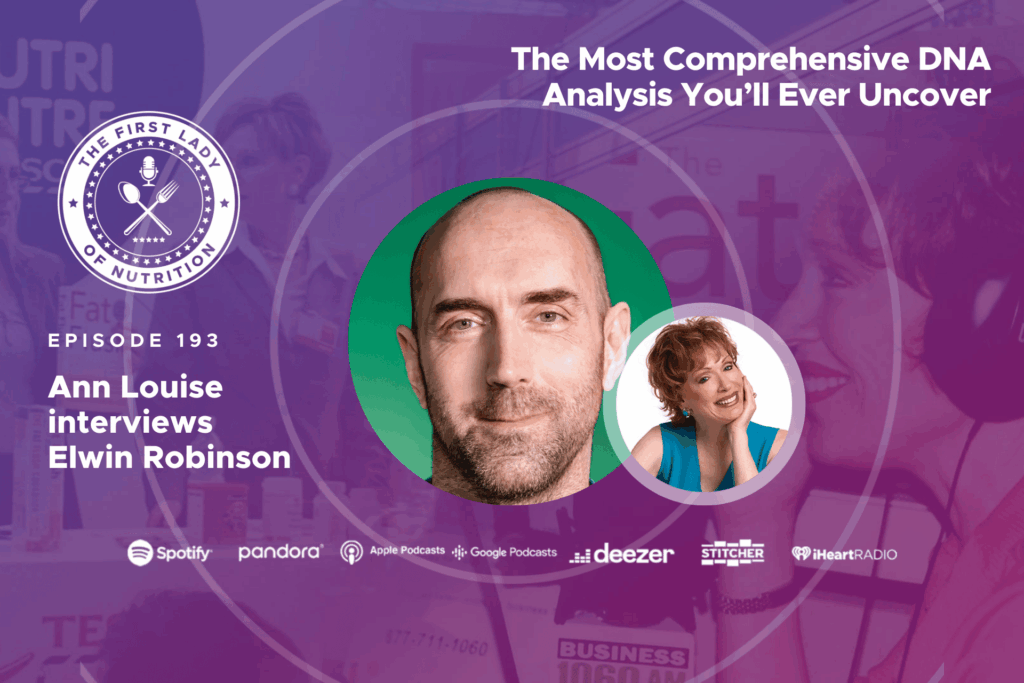
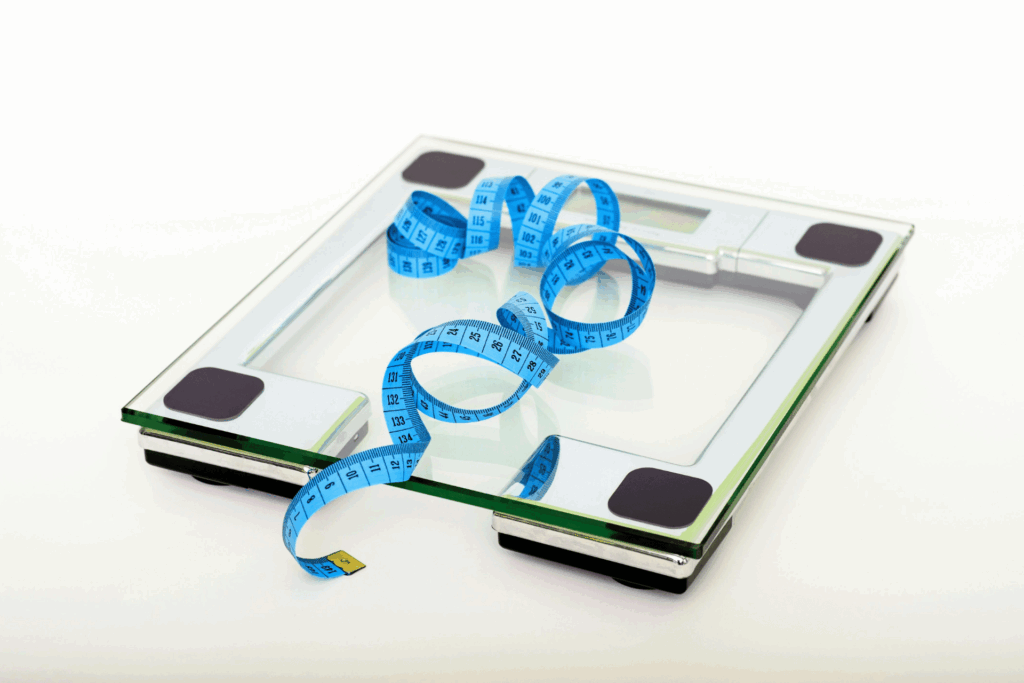

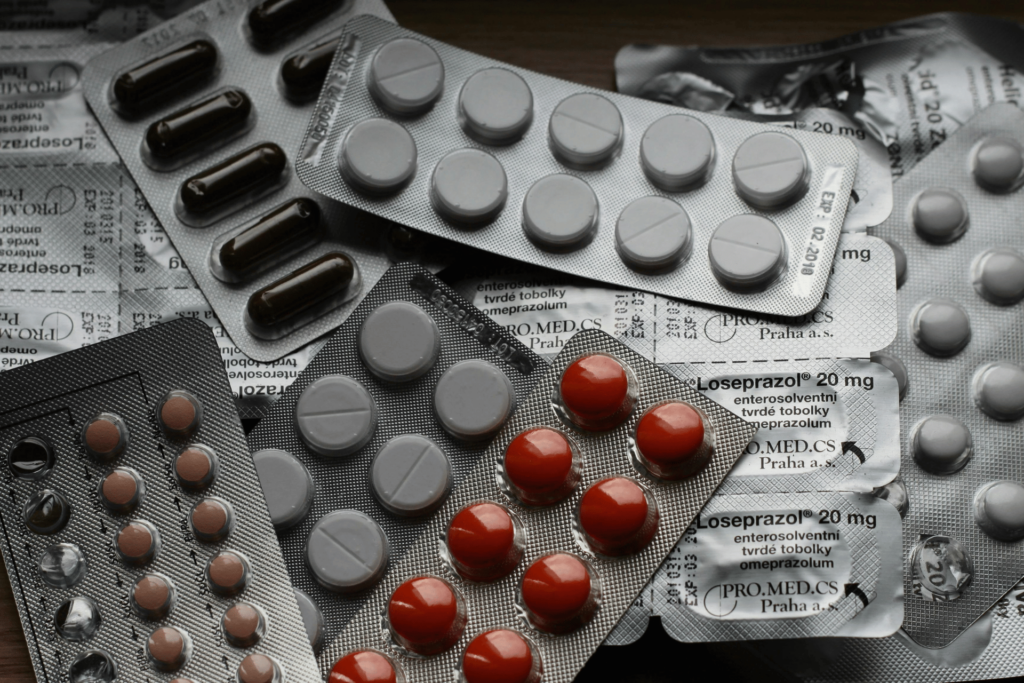

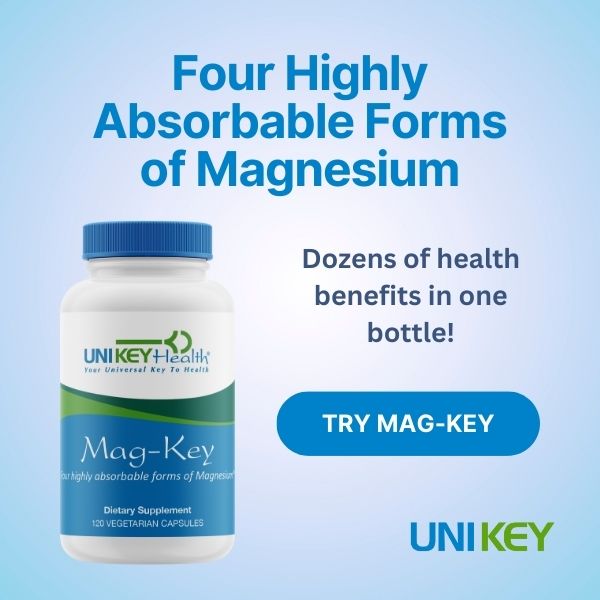
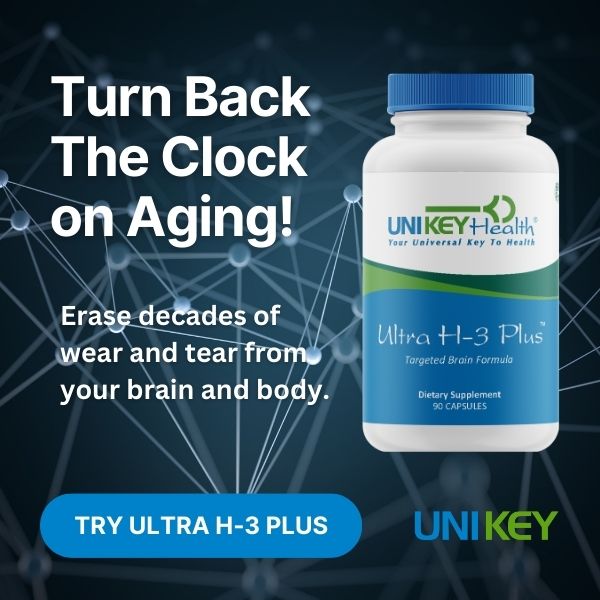
18 Responses
You mentioned taking flax seeds–what about hemp seeds?
there is major research on flax – have not seen the same with hemp
Personally, I feel that krill oil is far superior to fish oil or flax oil. Also, taking flax seeds for fiber was very harsh to my digestive tract, even if the seeds were ground and soaked. I believe that salba/chia seeds ground are far, far superior to flax for nutrition and health. It also appeared that flax messed with my hormones and breasts (estrogenic?). If people have digestive issues I think using krill oil and salba is the way to go, although I am fighting parasites so I do have very sensitive digestion.
What about red yeast rice?
Do you recommend whole or ground flaxseed?
What, if any,is the nutritional difference?
Mercola says red yeast rice has essentially the same effect as statins – with most of the same potential pitalls, since it works about the same in your body as statins. It attacks the cholesterol, not the cause of the cholesterol.
My understanding is that if you eat flaxseeds whole, then most of it will pass through undigested. To obtain the most benefit, it should be freshly ground flax, since it oxidates fairly quickly once ground. If ground ahead of time, it needs to be refrigerated and should be used within a few weeks.
Dear Ann, are there any ways to lessen the level of CPK factor with the people with muscular atrophy? Help is really urgent since this illness is progressing and the person in question is only 19 years old.What about avoiding gluten and dairy product? Please help!
Please call UNI KEY and get a TMA (hair analysis) to see if there are toxic metals involved here. That would be the first step. Secondly, GLA can be helpful. I would take about 1 – 5 grams daily. It is very anti-inflammatory. Also – avoiding gluten and milk (specifically) couldn’t hurt.
Could you please list some indicators that the heart is healthy and not suffering from partially blocked arteries or other negative conditions ? My cholesterol levels and blood pressure are not yet optimal but I have adopted a more healthy lifestyle including aerobic exercise and a healthier diet. I also stopped taking my statins and blood pressure lowering medicines because of unpleasant side effects. I guess there must be ways to gauge the condition of the heart without having to resort to compicated and costly medical tests like an angiography.
I would request a blood test that assesses homocysteine and C-Reactive Protein (an inflammation marker) to get a handle on this. Ther is also an Omega blood test from Your Future Health that can measure your levels of all the essential fatty acids that can impact the heart.
IS DAIRY BETTER THEN SOY?I AM 61 YEARS OLD AND WOULD LIKE TO KNOW WHATS BEST FOR ME AND WHAT KIND OF SOY MILK.THANK YOU SO MUCH!
both are equally problematic – i would use organic cream diluted with water!
Dear Friends:
I would love to answer each and every single one of your queries, as I have done to the best of my ability, in the past. The popularity of this Blog has grown to the extent that I can no longer provide that service but I am in the planning stages of an Internet – TV show where you can call in and get those questions answered by me in person! Please stay tuned for this exciting development. I first must complete a new manuscript and then will make some exciting announcements. In the interim, may I suggest that if you have questions about products, call UNI KEY at 1-800-888-4353. The folks there are helpful and will direct you accordingly. If you are concerned about a particular health condition, then by all means check out the Testing Kits on my site which will help you to determine underlying causes. Thank you so much for your enthusiasm and interest!
I am very concerned about my mother who complains about all of the above symtoms. Additionally she has accute oesteoporosis which Lipitor may have heightned. Is it too late for my mother, who is 82 and has fractures of the spine, and in pain. She dutifully takes what her doctor orders and many supplements but refuses to take anything else for sleep or pain. If I could send her articles and perhaps some natural remedies, I may be able to help her.
Concerned Daughter,
Denise
Denise: I feel that CO10 is a must as is sufficient magnesium, L-Carnitine and D-Ribose for your mother. I would also look into Ultra H-3 for pain which is the most successful pain-relieving product I know of, to date. There are lots of articles on the site.
A motivating discussion is definitely worth comment.
There’s no doubt that that you should publish more on this subject matter, it may not be a taboo subject but generally folks don’t
talk about these topics. To the next! Cheers!!